
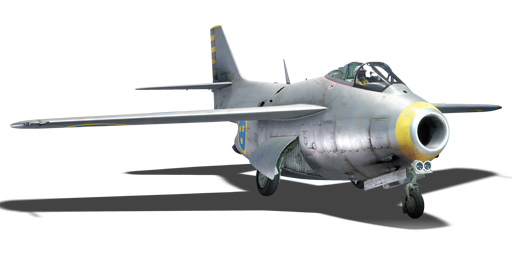


Born out of Sweden's need to catch up after WWII, the SAAB J29 emerged as a technological marvel. Designed in just a few years, it incorporated swept wings (acquired from German research) and a powerful British engine, becoming the first mass-produced jet fighter with this configuration in Europe. The A29B variant, essentially a J29 variant initially used for attack missions due to delays in a dedicated attack aircraft, played a key role in this early jet development story. The aircraft was also fitted with internal deflatable fuel tanks that give this fighter more flexible fuel options when compared to the J29A.
It was introduced in Update 1.95 "Northern Wind". When it comes to armament, the A29B is identical to the J29A except for the addition of powerful rockets (without a ballistics computer), making it a force to be reckoned with in ground battles both in CAP and CAS applications. Since it is a conversion of a fighter for ground attack missions, it has very capable flight performance without ordnance. A good strategy to use in grounds battles would be launching your rockets on easy targets before quickly changing your focus to air superiority, racking up points and helping your team against enemy CAS.
flaps
flaps
flaps
brake
| Belt | Belt filling | Armor penetration (mm) at a distance: | |||||
|---|---|---|---|---|---|---|---|
| 10 m | 100 m | 500 m | 1000 m | 1500 m | 2000 m | ||
| HEF-T/AP-T/HEF-T/AP-T | 38 | 35 | 24 | 16 | 10 | 6 | |
| HEFI-T/HEFI-T/HEFI-T/AP-T | 38 | 35 | 24 | 16 | 10 | 6 | |
| AP-T/AP-T/AP-T/HEF-T | 38 | 35 | 24 | 16 | 10 | 6 | |
| Name | Weight | Slot | ||||||||
|---|---|---|---|---|---|---|---|---|---|---|
| 4 × | 32 kg | 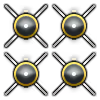 |  |  |  |  |  | |||
| 42 kg | 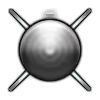 |  |  |  |  |  |  |  | ||
| 2 × | 84 kg | 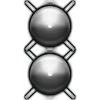 |  |  |  |  |  | |||
| 64 kg | 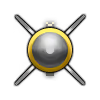 |  |  |  |  |  |  |  | ||
| 2 × | 128 kg | 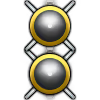 |  |  |  |  |  | |||
| 120 kg | 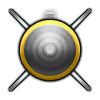 |  |  |  | ||||||












Flight performance | |
|---|---|
Survivability |
|---|
Weaponry | |
|---|---|